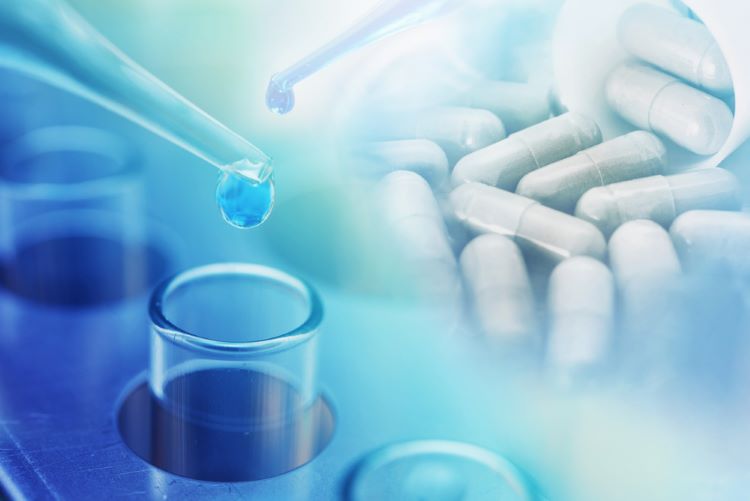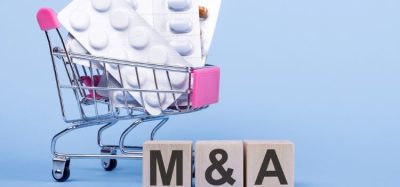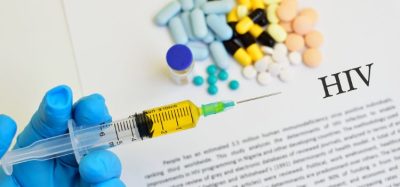Microbial burden assessment of solid pharmaceutical products
Posted: 19 April 2024 | Catherine Eckford (European Pharmaceutical Review) | No comments yet
Employing an automated, alternative microbiological method (AMM) means water activity could be used as a microbial indicator for bioburden assessment in tablets and capsules, a study suggests.


The “accurate, precise, and robust” data obtained via the dew point chilled mirror method, means it is an “outstanding” approach for quantifying water activity status in tablets and capsules, according to a paper published in RPS Pharmacy and Pharmacology Reports. It has value for direct assessment to determine microbiological bioburden, stated Prada-Ramírez et al.
The researchers aimed to find out whether the method’s entire performance met “USP 1225 requirements for naproxen, amoxicillin, ciprofloxacin, chlorpheniramine, prednisolone, flunarizine, and methocarbamol as representatives of tablets and capsules”.
Water activity status – study findings
To test the solid samples, the team explained that “sample preparation, environmental exposure times, and different measuring temperatures” were evaluated to determine the suitability of the method.
Following USP guidelines while utilising the dew point methodology resulted in essential parameters being met including:
- precision (SD < 0.5)
- accuracy (percent recovery in the 95 percent–105 percent range)
- linearity (R2> 0.99).
Additional results
Moreover, the limits of detection and limits of quantification were 0.17 and 0.25, respectively. The authors concluded that these results were evidence that the dew point instrument was effective in detecting the lowest water activity, “ensuring an accurate assessment of the water activity status of the solid samples tested”.
The paper reported that benefits of these alternative methodologies include “the ability to respond more quickly to adverse microbiological results, as well as leading to fewer waste products”.
water activity status could be considered as a reliable measure for microbiological burden at least in the solid sample tested”
Therefore, water activity status could be considered as a reliable measure for microbiological burden at least in the solid sample tested, the paper stated.
Further findings showed that despite statistical differences in the sample preparation and exposure times for all the samples tested, these differences “fell into the percentage recovery 95 percent –105 percent range”.
The authors highlighted that the average water activity for the products were around 0.50. As such, “differences of more than five percent respect to the overall free water activity never will be more than to the specified value for water activity (aw = 0.60), ensuring a precise microbiological assessment”.
Additionally, based on calibration curves using saturated salts, the researchers were able to “establish the linearity and operating range of the dew point chilled mirror method”.
The automated system and alternative microbiological method (AMM) “yields precise and accurate results (R2 = 1, CC = 1 percent recovery >99 percent)”, the authors asserted.
Overall, the validation results “could help to include water activity as a microbiological indicator for bioburden assessment of mesophyll, yeasts, and moulds, as well as objectionable microorganisms such as the B. cepacia complex and E. coli in tablets and capsules with water activity lower than 0.60”.
Related topics
Data Analysis, Drug Safety, Microbial Detection, Microbiology, Research & Development (R&D), Therapeutics
Related drugs
amoxicillin, chlorpheniramine, ciprofloxacin, flunarizine, methocarbamol, naproxen, prednisolone









